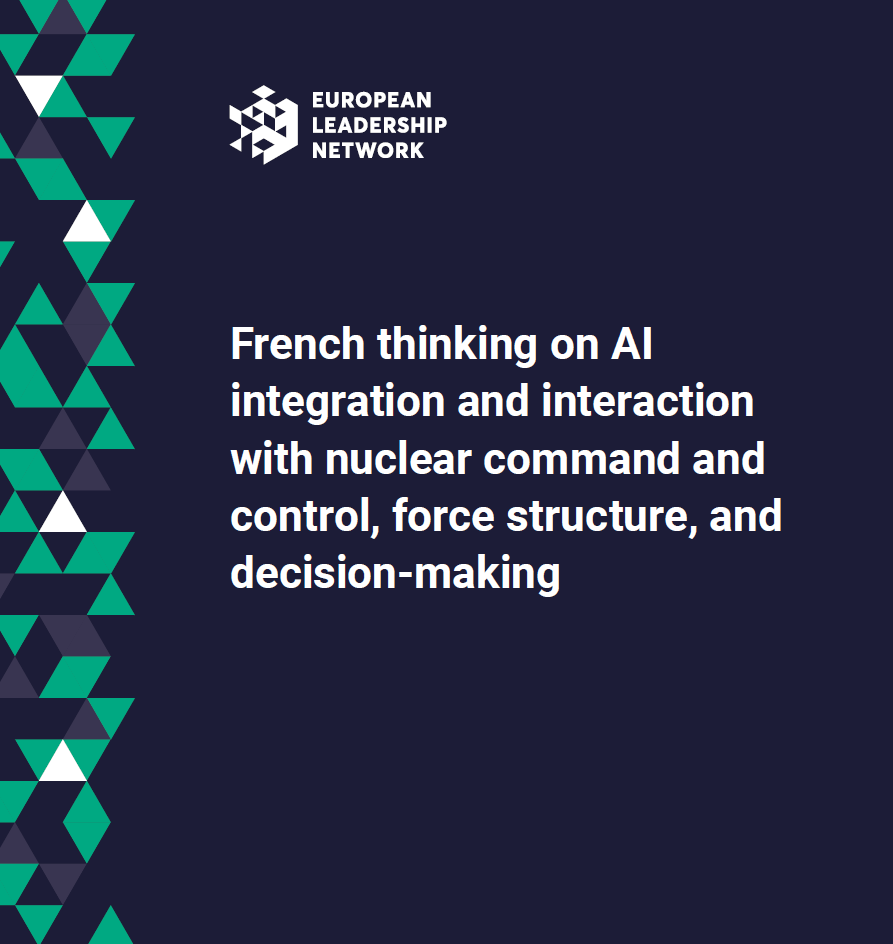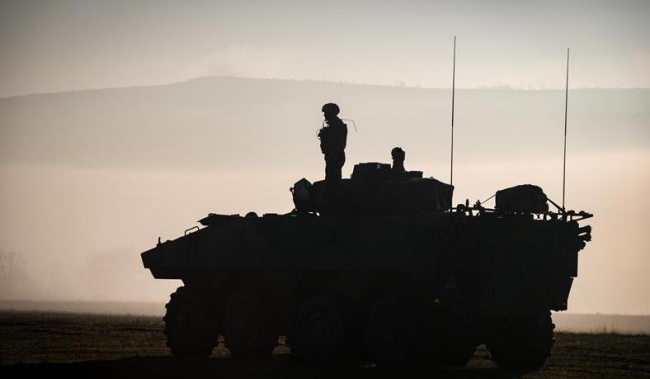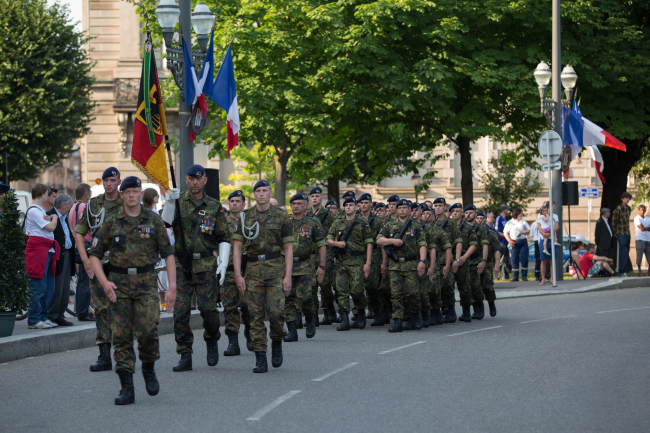French thinking on AI integration and interaction with nuclear command and control, force structure, and decision-making

This paper analyses the French literature on France’s perception of military AI, especially its consequences on strategic systems and competition, and nuclear deterrence.
It draws on official strategies, doctrines, and speeches, reports and studies written by French scholars, and articles written by former or active military officers during their higher military education.
The paper gives a brief overview of the French approach to the debate, followed by the official positions on the development of military AI. It then focuses on the impact of AI on C2 and decision systems, including NC3 and its consequences on strategic stability. It concludes with a short overview of how France understands military AI programs from the P5 countries.
The paper recommends that, both on a domestic and international level, France should:
- Build a stronger community of researchers, officials and the private sector on AI and its impact on nuclear deterrence. Even though some initiatives such as the Réseau Nucléaire & Stratégie aim at creating a new generation of strategists and researchers on nuclear policy and industry, it could be interesting to fund additional scholarships, to create a chair on these topics in academia, or to support a seminar on this subject.
- Strengthen the links between the public and the private sectors. Misunderstanding about AI can fuel wrong analyses about its impact on military and nuclear strategy. Getting together data scientists and computer scientists with IR specialists and nuclear experts could be helpful.
- Support a P5 initiative on AI and risks related to the NC3. The P5 process on Strategic Risk Reduction, including the Youth Group, could be a good arena to push for these topics. A statement about the necessity to keep humans in the loop and to introduce strong means of crisis communication in order to avoid inadvertent escalation could be a good initiative.

Available in:
Regions and themes
Share
Download the full analysis
This page contains only a summary of our work. If you would like to have access to all the information from our research on the subject, you can download the full version in PDF format.
French thinking on AI integration and interaction with nuclear command and control, force structure, and decision-making
Related centers and programs
Discover our other research centers and programsFind out more
Discover all our analysesThe Franco-German Brigade and the Revival of European Defense
One thing has been clear since Donald Trump's return to the White House: the very existence of the European unification project is threatened. Unless it develops a sovereign defense policy to counter the war in Ukraine and the weakening of American security guarantees, the European Union will continue to see its internal cohesion and external attractiveness wane.
Taking the Pulse: Can Europeans Build Their Independent Extended Nuclear Deterrent?
Confronted with a U.S. disengagement and the Russian threat, Europeans are reconsidering their stance on nuclear deterrence. Given the capabilities of the French and British arsenals, can Europe develop an independent nuclear deterrent?

RAMSES 2024. A World to Be Remade
For its 42nd edition, RAMSES 2024 identifies three major challenges for 2024.
A Transatlantic Defense Industrial Base? Two Contrasting Views
The evolving landscape of global defense cooperation has brought the transatlantic relationship between the United States (US) and Europe into sharp focus. As geopolitical tensions rise and the threat environment becomes more complex, the question of how Europe can best ensure its security while navigating its relationship with the United States has become paramount. This double feature report offers two contrasting views on the dynamics of US-Europe defense industrial relations, highlighting the challenges and opportunities that lie ahead for both parties.









